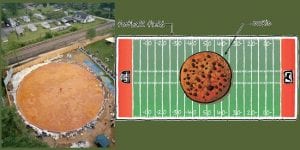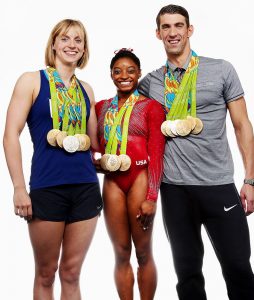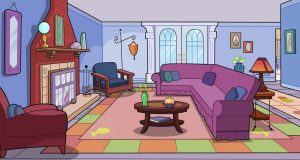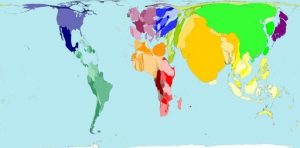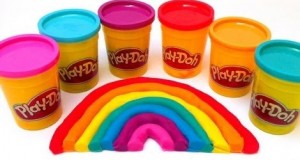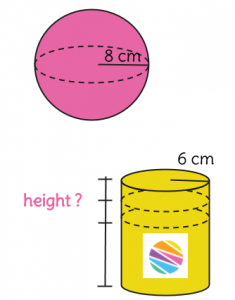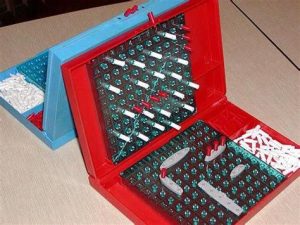
Incorporating games into any lesson will make the learning process more engaging and hands-on. This will also be a fun activity for the students to do! The game Battleship is a great way to introduce and practice graphing points on a coordinate plane.
For this activity, students will have to understand the location of points on a coordinate plane in relation to the origin (0, 0). To understand this students will be playing on a modified version of the game board for Battleship to include all four quadrants. The game board could also be modified where the students only place their battleships in the first quadrant so it better represents real world problems. I would have developed these game boards prior to the lesson, which will be a laminated sheet of paper. Students will be placed into pairs and on their game board they will place their five battleships anywhere on the graph. Then they take turns calling out coordinate points to try and sink their opponents five battleships. For each miss they will mark those boxes on the graphs with an open circle to indicate that the shot was missed on that point. However, for each hit they will x that portion out and the opponent then receives another turn.
After the activity has completed, there will be a class discussion about how Battleship relates to graphing points on a coordinate plane. Additionally, the activity will acknowledge how the first number in the pair describes the location of the point from the origin on the x-axis and similarly for the y-axis.
Battleship can be integrated with history, geography, and science. For history, it can be related to when battleships were first invented and marketed, in 1943. Then connect the introduction of battleships to World War II and how it effected the war. Whereas for geography, the coordinate plane that is used to play the game on is similar to latitude and longitude lines on a map. This will lead to classroom discourse of how the crew needs to have a vast knowledge of the world map and where the latitude and longitude lines are in relation to other battleships. Additionally, this activity can be integrated within science by looking into buoyancy of the materials used in creating these massive ships. This game also could be used with the Periodic Table as the playing field for Battleship.
To teach culturally, as a class we can examine battleships for different countries. Then discuss the similarities and differences between them all. While looking at how the countries cultural influence plays a role in how their battleships appear and function.
CCSS.MATH.CONTENT.5.G.A.1: Use a pair of perpendicular number lines, called axes, to define a coordinate system, with the intersection of the lines (the origin) arranged to coincide with the 0 on each line and a given point in the plane located by using an ordered pair of numbers, called its coordinates. Understand that the first number indicates how far to travel from the origin in the direction of one axis, and the second number indicates how far to travel in the direction of the second axis, with the convention that the names of the two axes and the coordinates correspond (e.g., x-axis and x-coordinate, y-axis and y-coordinate).
CCSS.MATH.CONTENT.5.G.A.2: Represent real world and mathematical problems by graphing points in the first quadrant of the coordinate plane, and interpret coordinate values of points in the context of the situation.
CCSS.MATH.Practice.MP6: Attend to precision by understanding the location of coordinate points in relation to the origin when taking hits at their opponents battleship.
CCSS.MATH.Practice.MP7: Look for and make use of structure by recognizing the pattern of coordinate points in each quadrant. For instance, that a coordinate pair in the first quadrant will result in (positive, positive), in the second quadrant (negative, positive), third quadrant will be (negative, negative), and the fourth quadrant is (positive, negative).
